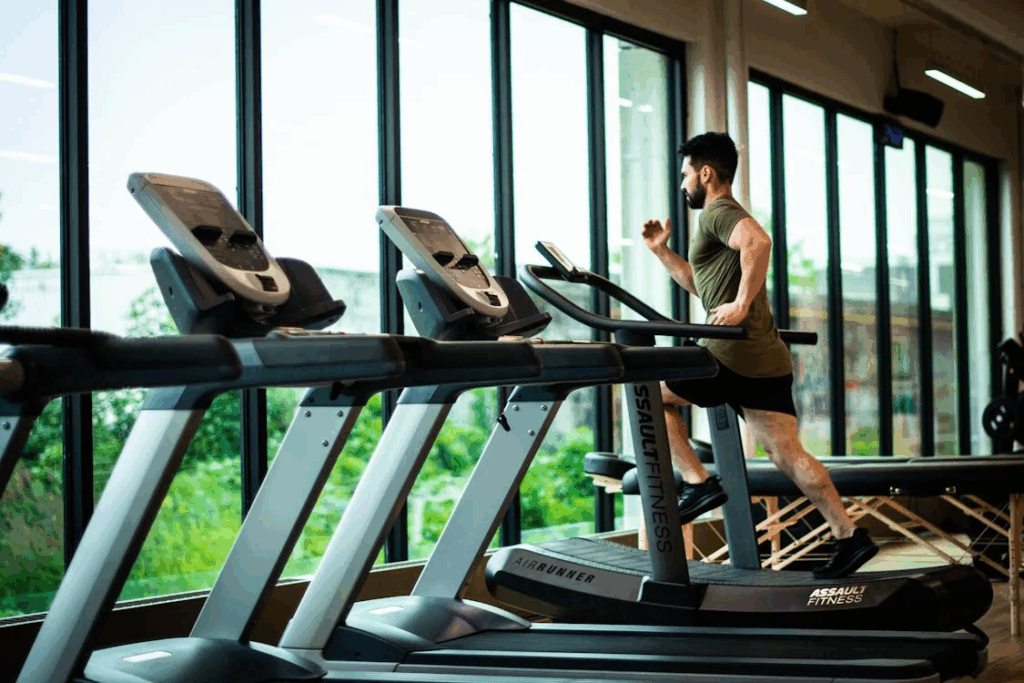
Life is full of challenges, and developing emotional resilience is essential for navigating difficult times. Emotional resilience refers to the ability to adapt to stress, adversity, and setbacks while maintaining mental well-being. One powerful yet often overlooked tool for strengthening emotional resilience is exercise. Regular physical activity not only improves physical health but also enhances mental strength, helping individuals manage emotions more effectively.
This article explores how exercise contributes to emotional resilience, the science behind its benefits, and practical ways to incorporate movement into daily life for better mental health.
Scientific research has consistently shown that exercise has a profound impact on mental health. Engaging in physical activity triggers biological and psychological responses that help individuals build emotional resilience.
1. Reduces Stress and Anxiety
When faced with stress, the body releases cortisol, a hormone linked to anxiety and tension. Regular exercise helps regulate cortisol levels, preventing chronic stress from overwhelming the mind. According to a study published in Psychoneuroendocrinology, individuals who engage in physical activity have lower cortisol responses to stress, making them more resilient in challenging situations (Zschucke et al., 2015).
2. Boosts Mood and Emotional Stability
Exercise stimulates the production of endorphins, the brain’s natural “feel-good” chemicals. These neurotransmitters help reduce feelings of stress, depression, and anxiety, promoting a sense of well-being. Engaging in intense physical activity like boxing not only provides a physical outlet for stress but also highlights how boxing with Hayabusa gear helps build emotional resilience by fostering discipline, confidence, and mental toughness. A study in JAMA Psychiatry found that regular physical activity can lower the risk of depression by up to 26% (Schuch et al., 2018).
3. Enhances Cognitive Function and Problem-Solving Skills
Resilience requires the ability to think clearly and adapt to new challenges. Exercise has been linked to improved cognitive function, including better memory, focus, and problem-solving abilities. Research published in Trends in Cognitive Sciences shows that physical activity enhances neuroplasticity—the brain’s ability to reorganize itself—which is crucial for adapting to stress and overcoming difficulties (Ratey & Loehr, 2011).
4. Strengthens Self-Discipline and Confidence
Engaging in regular exercise requires consistency, discipline, and goal-setting. These qualities extend beyond physical fitness and help build mental resilience. Achieving fitness goals—whether running a mile, lifting weights, or practicing yoga—boosts self-esteem and confidence, reinforcing the belief that challenges can be overcome.
How Different Types of Exercise Build Emotional Resilience
Not all exercises are the same when it comes to mental resilience. Some activities are particularly effective in fostering emotional strength.
1. Cardiovascular Exercise (Running, Cycling, Swimming)
Aerobic exercise increases heart rate and improves blood circulation, which positively affects mood and reduces stress. Running and cycling are particularly effective in promoting mental clarity and emotional stability.
Studies have shown that consistent aerobic activity reduces symptoms of depression and anxiety while enhancing emotional resilience (Blumenthal et al., 2007).
2. Strength Training
Lifting weights and resistance training build physical and mental toughness. Strength training has been linked to lower levels of anxiety and improved self-efficacy. The feeling of accomplishment after completing a challenging workout fosters confidence and resilience in other areas of life.
3. Yoga and Mindfulness-Based Movement
Yoga combines physical movement with breath control and mindfulness, making it an excellent practice for emotional resilience. A study published in Frontiers in Human Neuroscience found that yoga reduces stress by lowering cortisol levels and improving emotional regulation (Gothe et al., 2019).
4. Team Sports and Group Activities
Participating in team sports, such as soccer or basketball, promotes social connections, teamwork, and emotional support. Social engagement is a key factor in resilience, as having a strong support system helps individuals cope with challenges more effectively.
Practical Ways to Incorporate Exercise for Emotional Resilience
Building a consistent exercise routine does not require drastic changes. Small, intentional steps can make a significant impact on mental resilience.
1. Start with Manageable Goals
– Begin with simple activities like a daily 20-minute walk or light stretching.
– Gradually increase intensity and duration to build endurance.
2. Choose Activities You Enjoy
– Engage in exercises that feel enjoyable rather than burdensome.
– Experiment with different workouts to find what resonates best.
3. Incorporate Movement Into Daily Life
– Take the stairs instead of the elevator.
– Walk or cycle instead of driving short distances.
– Stretch during work breaks to release tension.
4. Use Exercise as a Stress-Relief Tool
– When feeling overwhelmed, take a walk, do deep breathing exercises, or engage in yoga.
– Recognize that movement can be a form of emotional release.
5. Stay Consistent and Patient
– Mental resilience builds over time, just like physical strength.
– Set realistic expectations and acknowledge progress.
Conclusion
Exercise is a powerful and natural way to build emotional resilience. Through stress reduction, mood enhancement, cognitive benefits, and confidence-building, physical activity provides essential tools for managing life’s challenges. Whether through running, yoga, strength training, or team sports, incorporating movement into daily routines can strengthen mental well-being and enhance one’s ability to cope with adversity.
By making exercise a consistent part of life, individuals can develop greater emotional resilience, leading to improved overall health and happiness.













